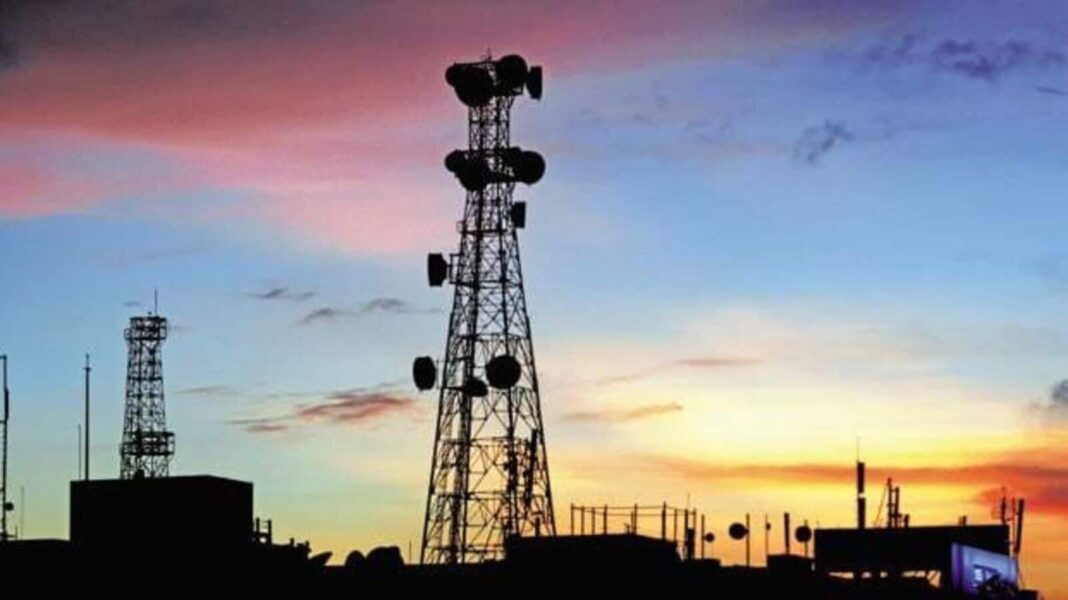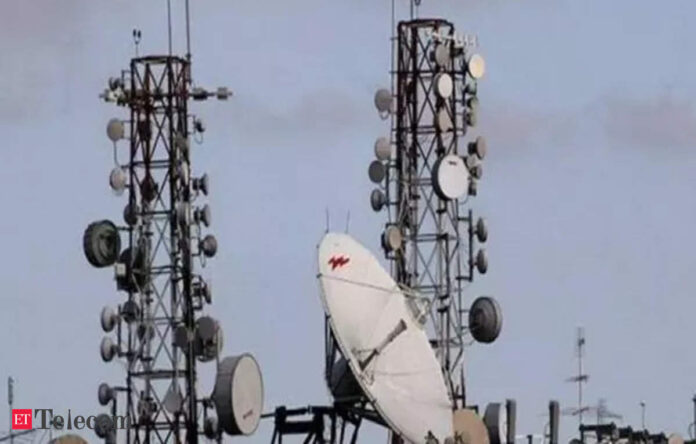In Short:
Indian telecom companies are asking the government to significantly reduce or eliminate license fees based on a portion of their revenue. They emphasize that these fees hinder growth and investment in network upgrades, especially after the Supreme Court dismissed their appeal regarding revenue calculations. The companies argue that paying high fees is unfair, especially when they have already spent trillions on spectrum and infrastructure.
The Call for Change: A Break from License Fees
**Indian telecom service providers** are advocating for a significant shift in policy—asking the government to eliminate the hefty license fees, including the **Universal Service Obligation (USO)** fee that currently stands as a percentage of adjusted gross revenue (**AGR**). They propose a dramatic cut from 8% down to just 0.5-1% of AGR.
This reform plea comes on the heels of the **Supreme Court’s** dismissal of a petition by telecom companies that sought adjustments to AGR calculations, according to a statement released by the **Cellular Operators Association of India (COAI)**.
Representing major private players like **Reliance Jio**, **Bharti Airtel**, and **Vodafone Idea**, COAI emphasizes that this adjustment would allow operators to reinvest their earnings back into network upgrades and expansions. The association highlights that the growth of the telecom sector plays a vital role in boosting the economy and contributing to **GDP growth**.
“This change would not only support faster digital inclusion, particularly in remote areas, but it would also ease the everyday lives of citizens. We sincerely urge the government to consider our request for the abolition or reduction of AGR-related fees at the earliest,” COAI stated.
Dealing with Double Trouble
COAI elaborated on their rationale, describing the situation as a ‘double whammy’ for telecom companies. They’re faced with hefty payments for acquiring spectrum through competitive bidding—only to be charged on the revenues generated from that very spectrum, despite the significant investments they make to build the infrastructure.
“In the telecom world, it’s like paying a hefty price for a house and then also paying for the tenant’s rent,” COAI remarked. They pointed out that while the original **National Telecom Policy of 1994** bundled licenses with spectrum, since the separation of these two elements in 2012, the logic to maintain a separate license fee no longer holds.
Over the past decade, telecom companies have shelled out approximately **$4.8 trillion** for airwaves, with an impressive **$3 trillion** invested since the launch of **5G networks** in October 2022. Currently, **telcos** pay 3% of AGR as a license fee and a further 5% as a USO fee, which funds connectivity projects for unserved regions in the country.
Increasing License Fee Collections
The AGR for the telecom sector surged by 8.24% to **₹2.7 trillion** in FY24, up from **₹2.49 trillion** in FY23, according to the **Telecom Regulatory Authority of India (Trai)**. The government collected **₹21,642 crore** in license fees for FY24, marking an 8.45% increase from **₹19,954 crore** the previous year.
COAI argues that since spectrum is now separated from the license and leased at market prices, the justification for imposing a license fee has long since vanished. “The license fee should merely cover administrative costs, estimated at about 0.5% to 1% of gross revenues, rather than the current 8%,” they asserted.
As part of last year’s reforms, the government halted collections for **spectrum usage charges (SUC)** starting October 2022, which led to a notable 32.3% decline in collections from **₹4,968 crore** to **₹3,369 crore**.
It’s important to recognize that Indian telecom companies also bear the additional burden of **GST** and corporate tax, just like any other business. This uneven playing field places telecom companies at a significant disadvantage compared to other sectors, limiting their ability to invest in regular technological upgrades.





